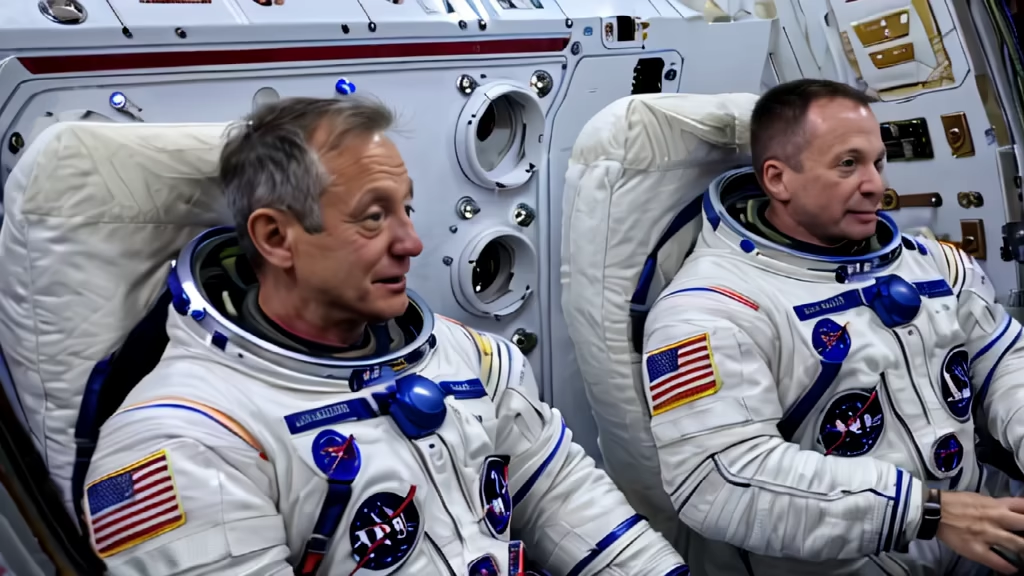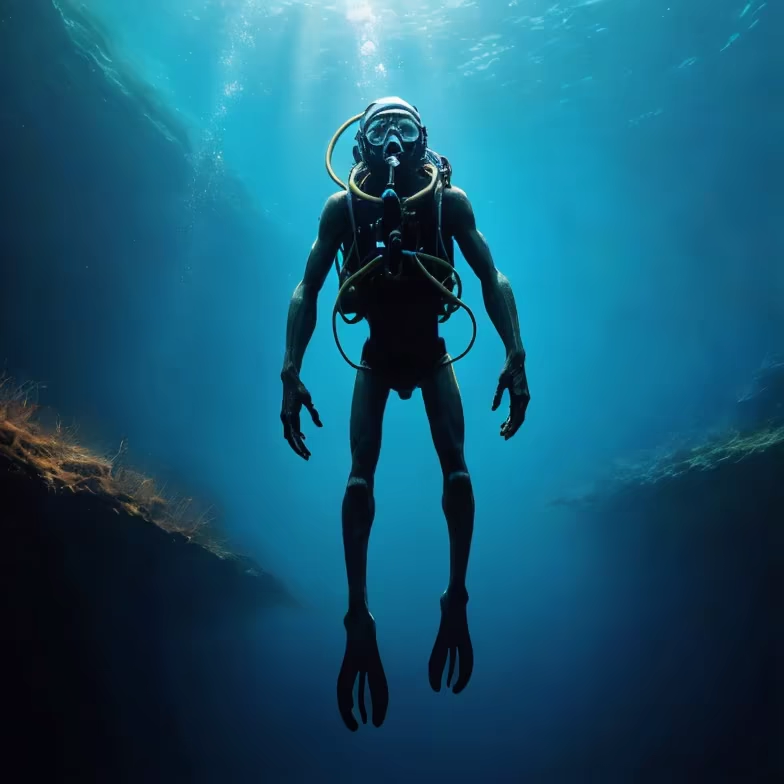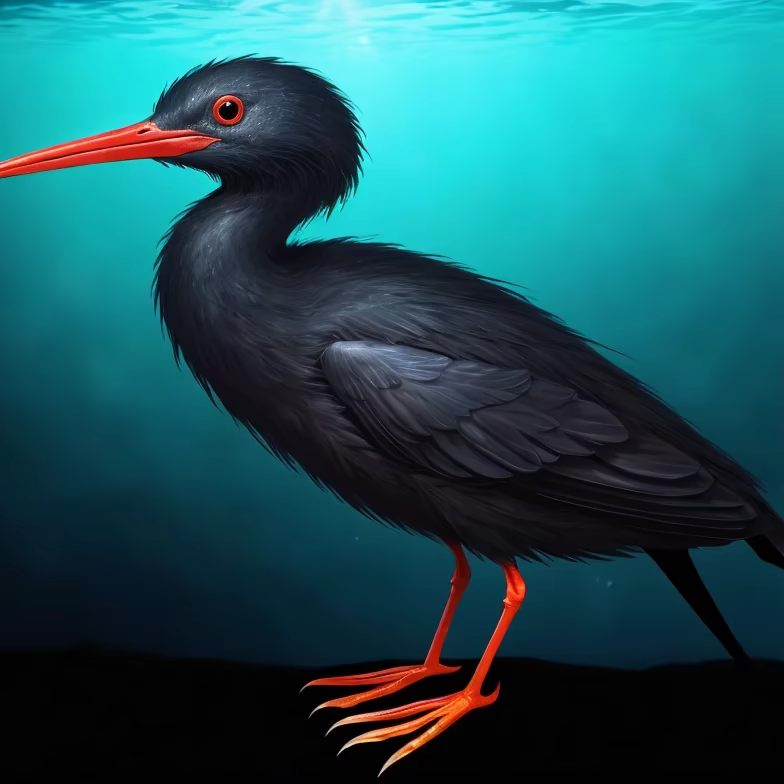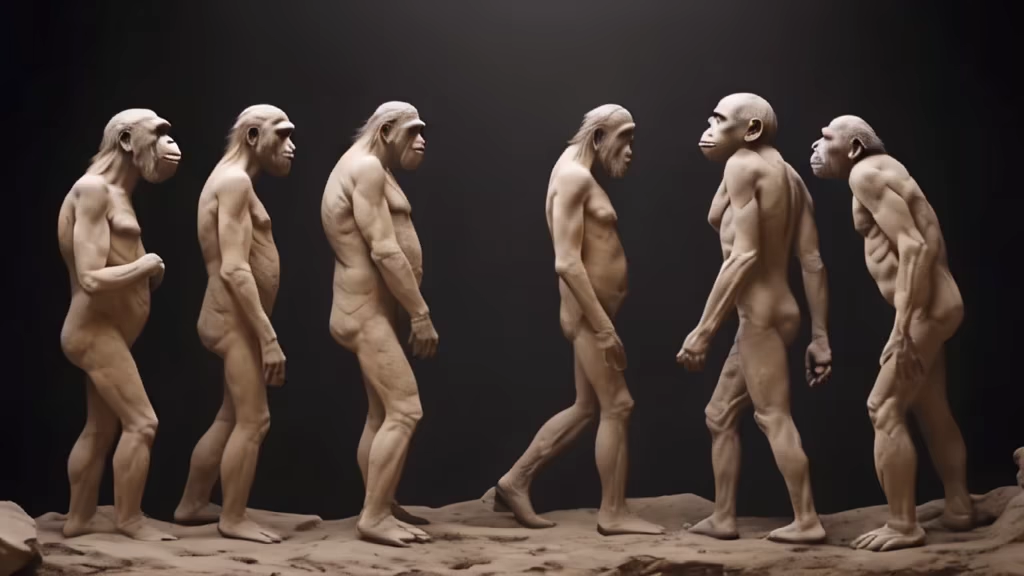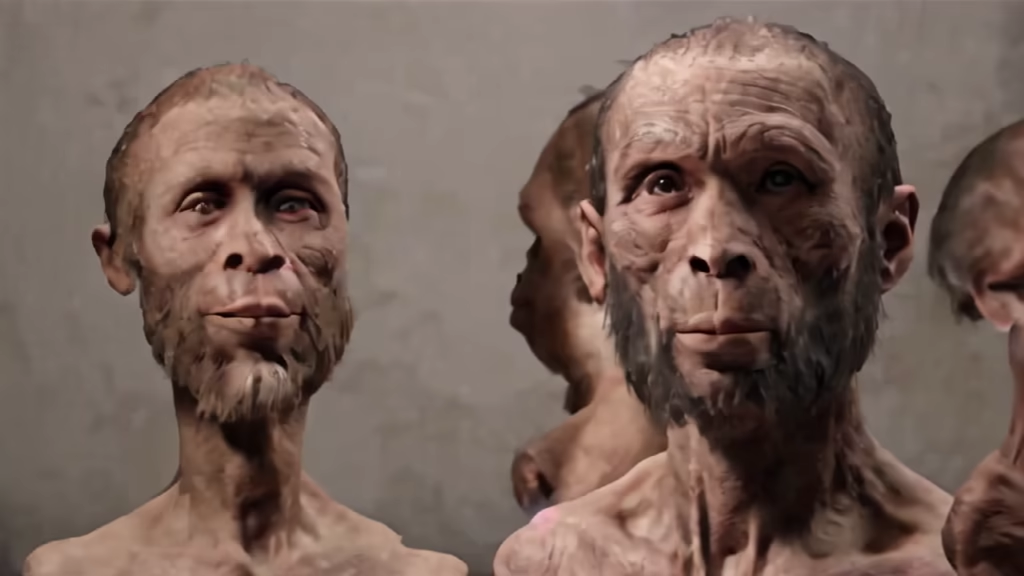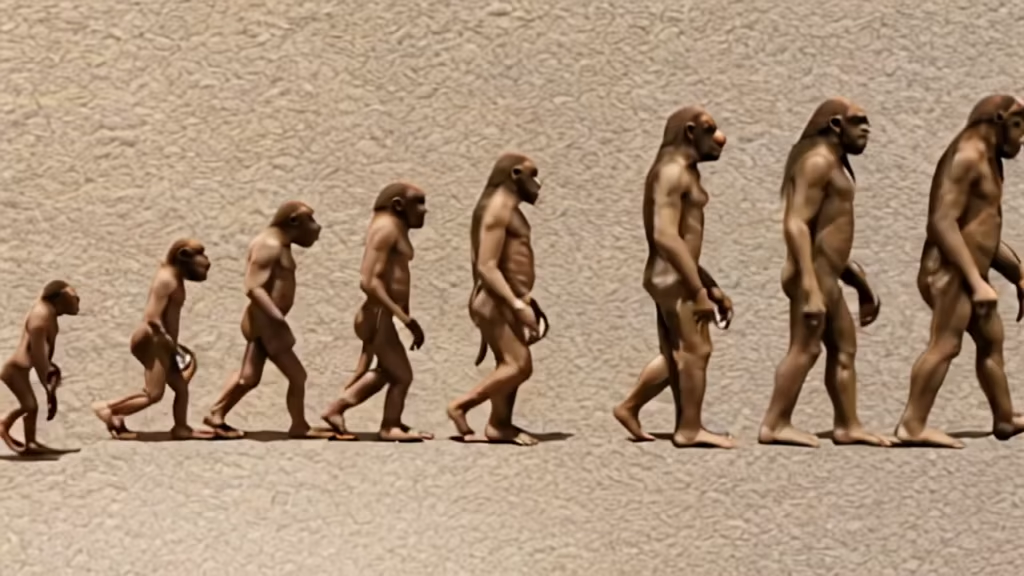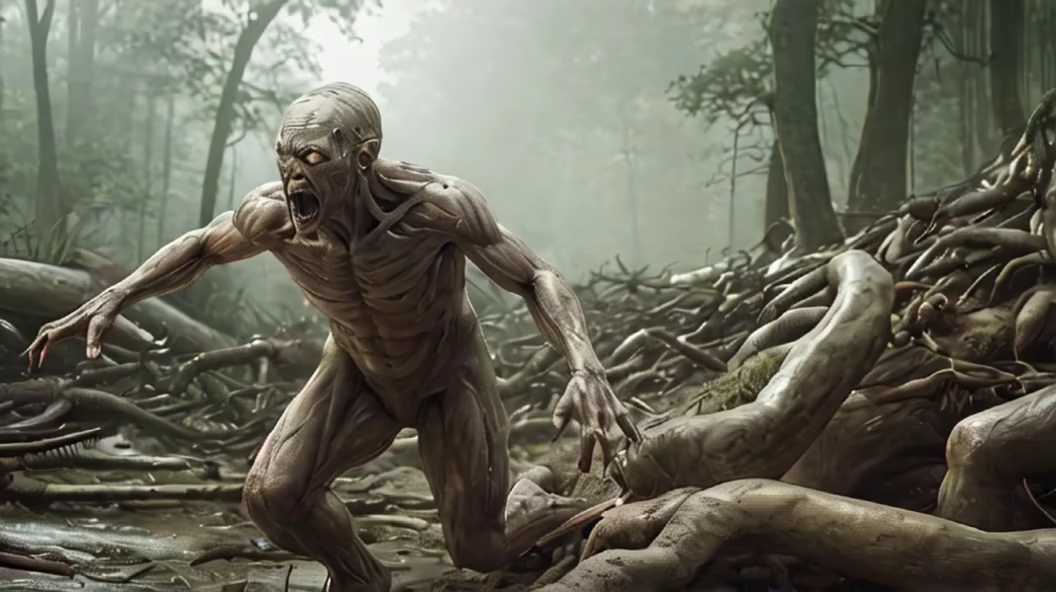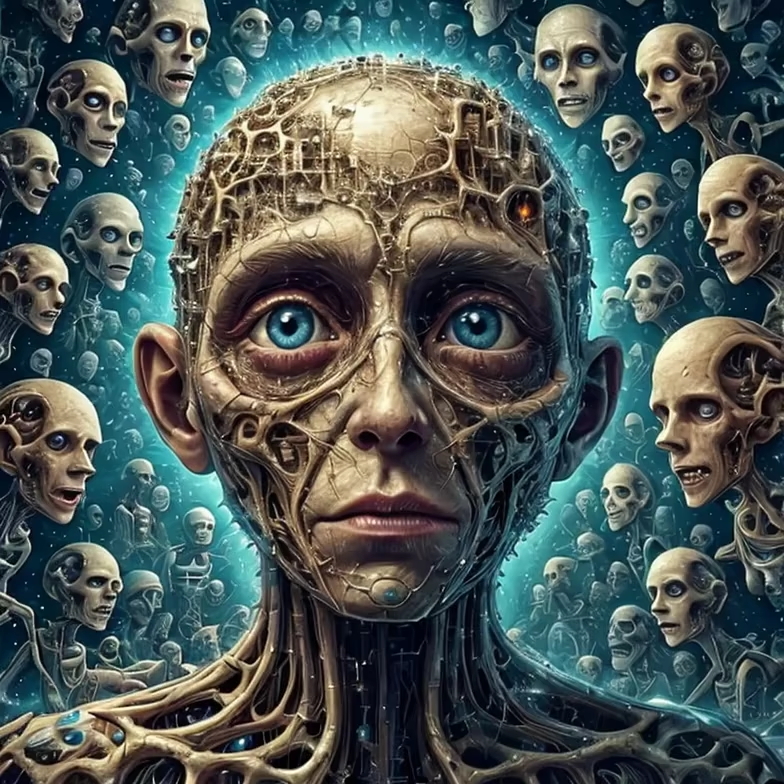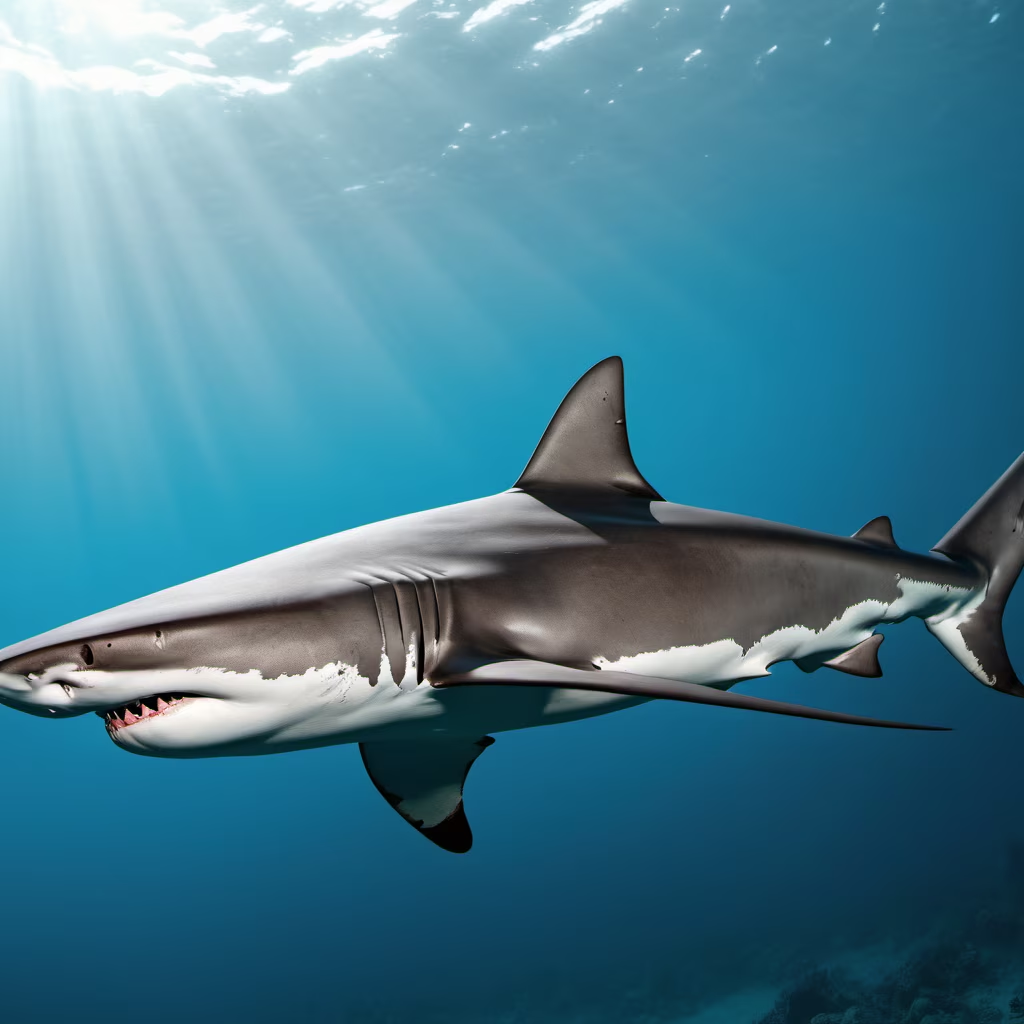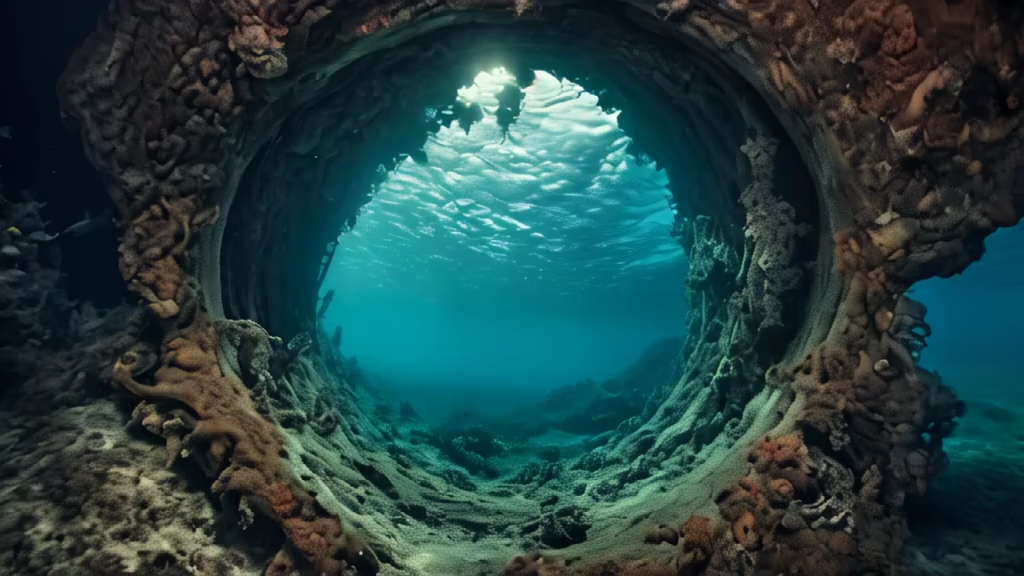









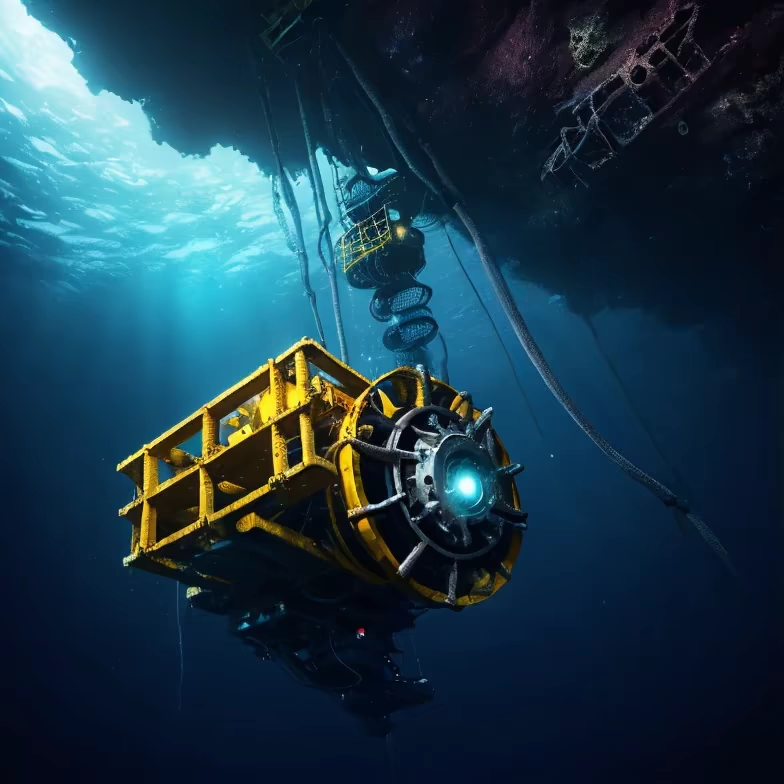



Prompt: large number of scary humanoid mining robots discovered underground on mars by first spacex human explorers. The robots try to kill them.




Prompt: large operation of dangerous underground mining robots on mars, discovered by human explorers


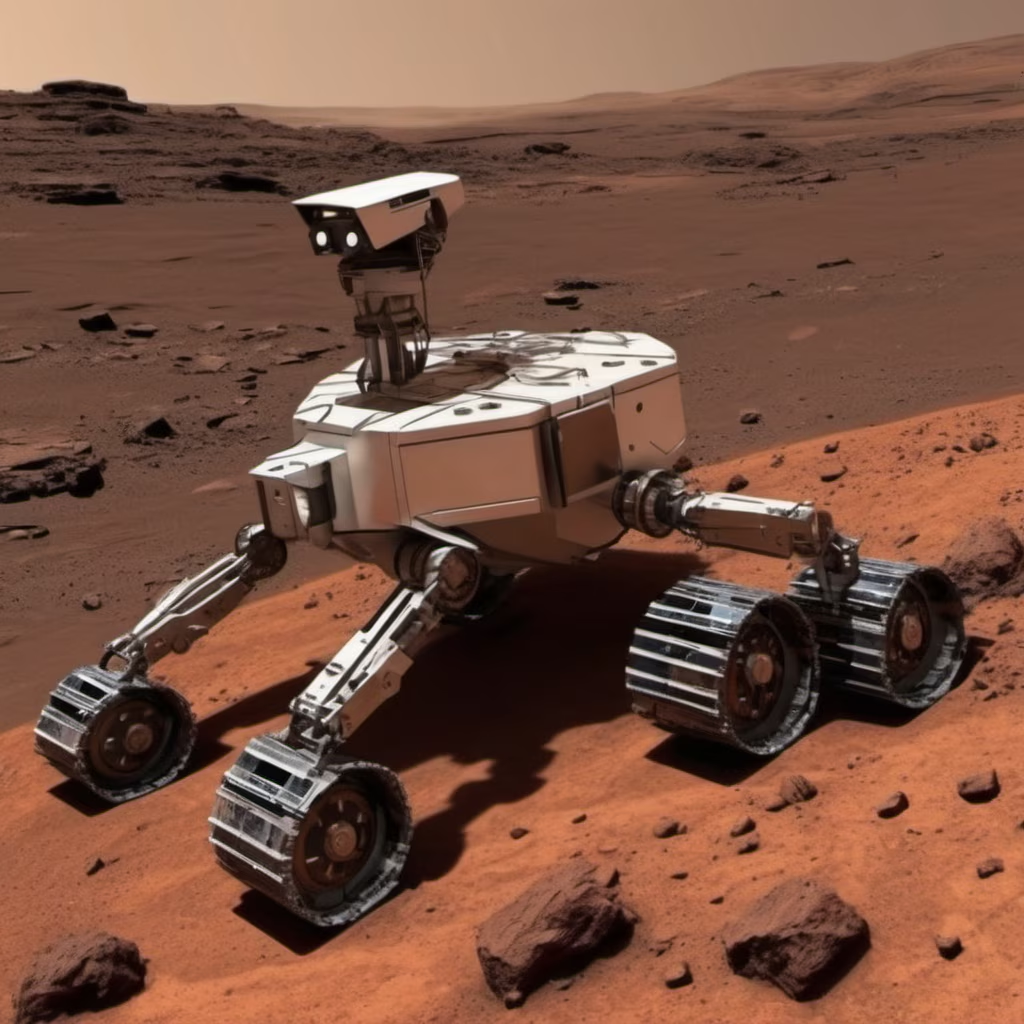





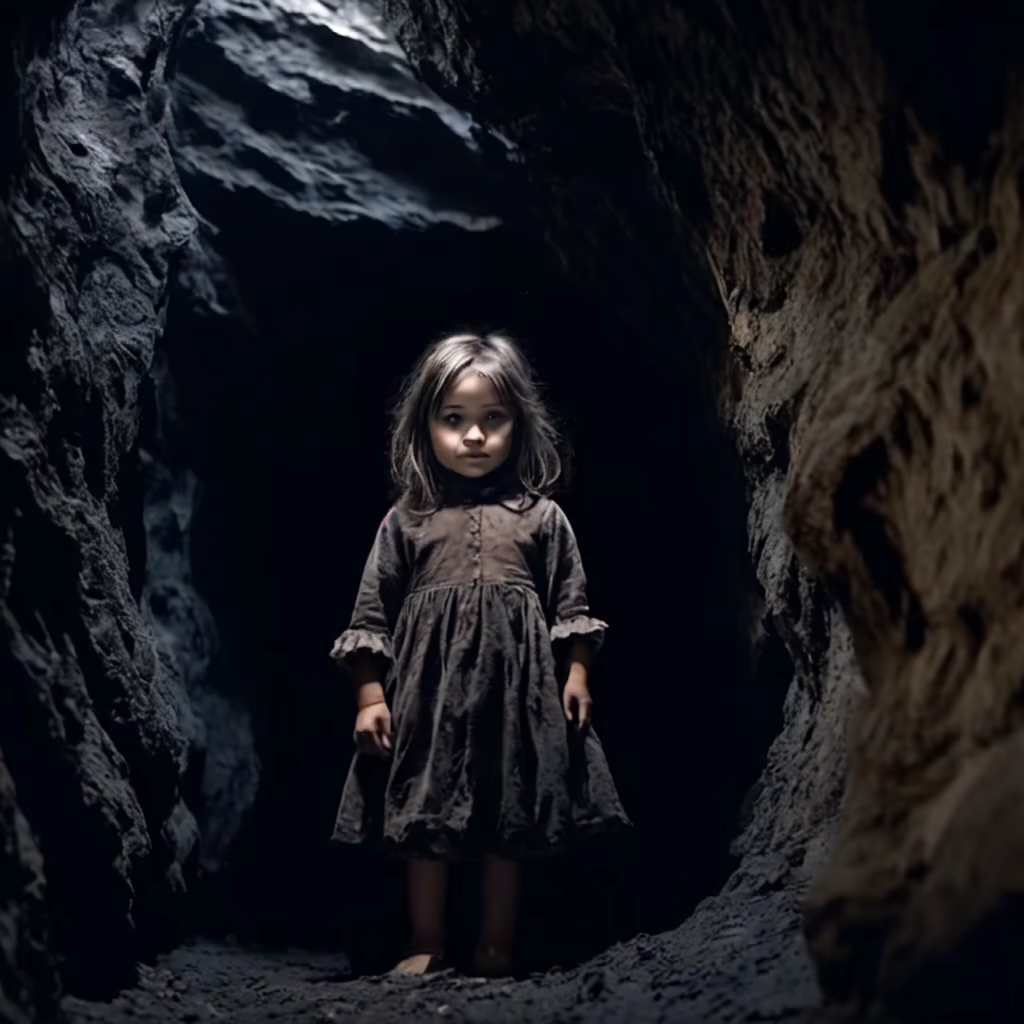





Prompt: Banksy art of an activist wearing an n95 mask silhouette with a bouquet of flowers getting ready to throw the flowers, the flowers are vibrant multicolored, black and white activist wall mural character amazing British Artist Banksy spray paint wall mural on the side of the White House artwork realistic beautiful hd 2d 32k
Negative: blurry, mistakes, faded, ugly
Style: Neon Punk








Prompt: evolution from chimpanzee can be understood by examining the shared ancestry and the subsequent development of distinct traits that have culminated in the modern human species. Around 6-7 million years ago, humans and chimpanzees shared a common ancestor. This common ancestor likely resembled a chimp-like creature with some human-like traits. Over time, due to various environmental and genetic factors, including adaptations to new habitats and changing climates, the species diverged. One of the most notable differences between humans and chimpanzees is bipedalism or walking on two legs. The ability to walk upright is a defining characteristic of the human species and allowed our early ancestors to efficiently navigate the African savannah. This adaptation freed up the hands for other activities like tool use and eventually enabled the development of our sophisticated manual dexterity. Another significant evolution occurred in the brain. Human brains are much larger, relative to body size, compared to chimps. This increased brain size is associated with the development of higher cognitive functions, such as language, complex problem-solving, and rational thinking. The expansion of the brain also coincided with the development of more complex social structures and cultural advancements. Further differences can be observed in physical features such as the structure of the pelvis, limb proportions, and vocal apparatus. The human pelvis is wider and more bowl-shaped, facilitating bipedal locomotion and childbirth. Humans have longer legs relative to arm length compared to chimpanzees, which aids in efficient walking and running. The structure of the vocal apparatus in humans allows for a wide range of speech sounds, enabling complex language and communication. Although humans and chimpanzees have many shared genetic similarities, there have been numerous genetic changes over millions of years to produce the distinct traits observed in humans today. These changes can be attributed to a combination of natural selection, genetic mutations, and environmental pressures. In summary, human evolution from chimpanzee involved key developments such as bipedalism, larger brains, enhanced cognitive abilities, changes in physical features, and the development of complex language and culture. These evolutionary changes have led to the emergence of Homo sapiens as a distinct species, with unique characteristics that separate us from our ape relatives.


Prompt: evolution from chimpanzee can be understood by examining the shared ancestry and the subsequent development of distinct traits that have culminated in the modern human species. Around 6-7 million years ago, humans and chimpanzees shared a common ancestor. This common ancestor likely resembled a chimp-like creature with some human-like traits. Over time, due to various environmental and genetic factors, including adaptations to new habitats and changing climates, the species diverged. One of the most notable differences between humans and chimpanzees is bipedalism or walking on two legs. The ability to walk upright is a defining characteristic of the human species and allowed our early ancestors to efficiently navigate the African savannah. This adaptation freed up the hands for other activities like tool use and eventually enabled the development of our sophisticated manual dexterity. Another significant evolution occurred in the brain. Human brains are much larger, relative to body size, compared to chimps. This increased brain size is associated with the development of higher cognitive functions, such as language, complex problem-solving, and rational thinking. The expansion of the brain also coincided with the development of more complex social structures and cultural advancements. Further differences can be observed in physical features such as the structure of the pelvis, limb proportions, and vocal apparatus. The human pelvis is wider and more bowl-shaped, facilitating bipedal locomotion and childbirth. Humans have longer legs relative to arm length compared to chimpanzees, which aids in efficient walking and running. The structure of the vocal apparatus in humans allows for a wide range of speech sounds, enabling complex language and communication. Although humans and chimpanzees have many shared genetic similarities, there have been numerous genetic changes over millions of years to produce the distinct traits observed in humans today. These changes can be attributed to a combination of natural selection, genetic mutations, and environmental pressures. In summary, human evolution from chimpanzee involved key developments such as bipedalism, larger brains, enhanced cognitive abilities, changes in physical features, and the development of complex language and culture. These evolutionary changes have led to the emergence of Homo sapiens as a distinct species, with unique characteristics that separate us from our ape relatives.
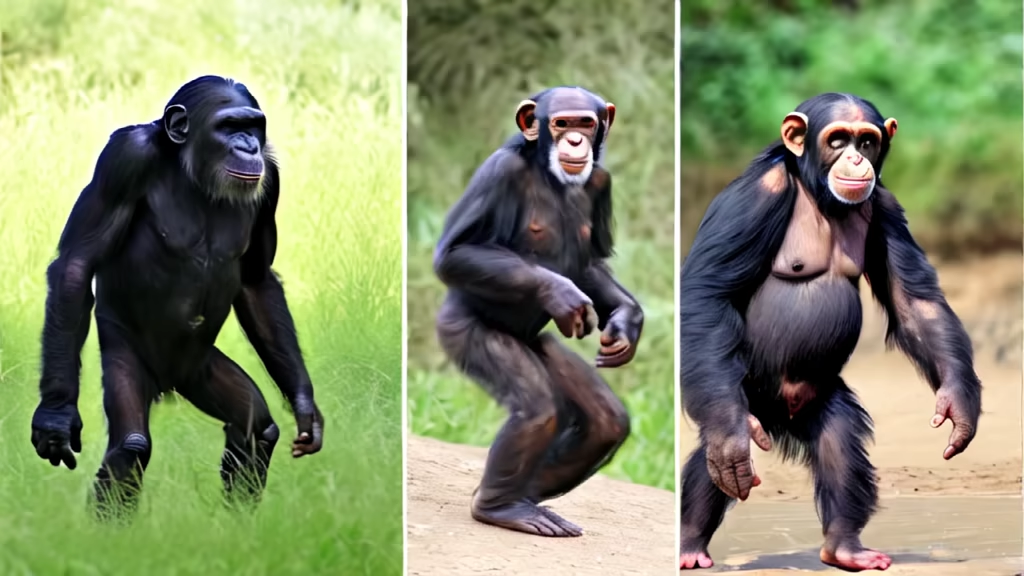
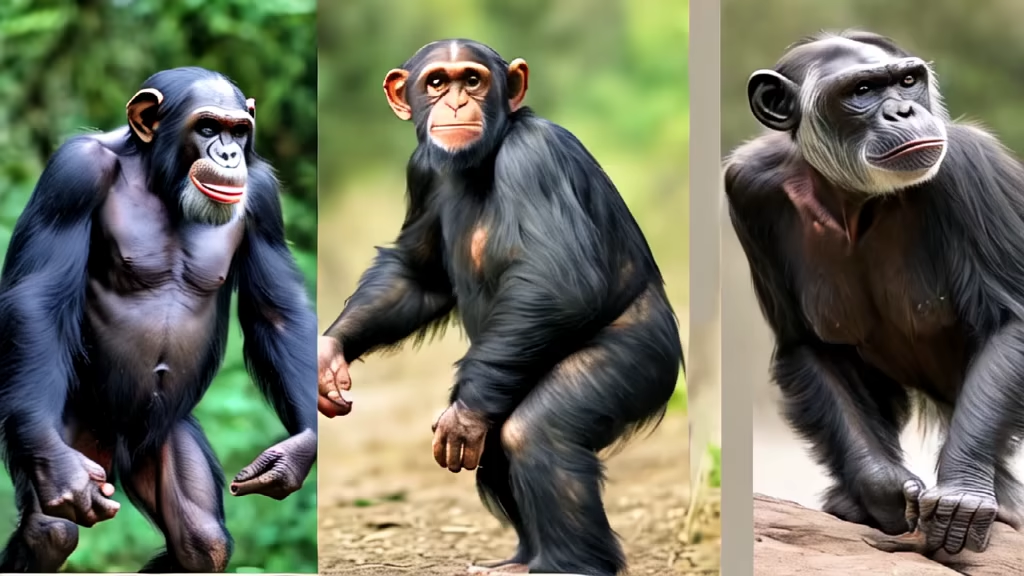










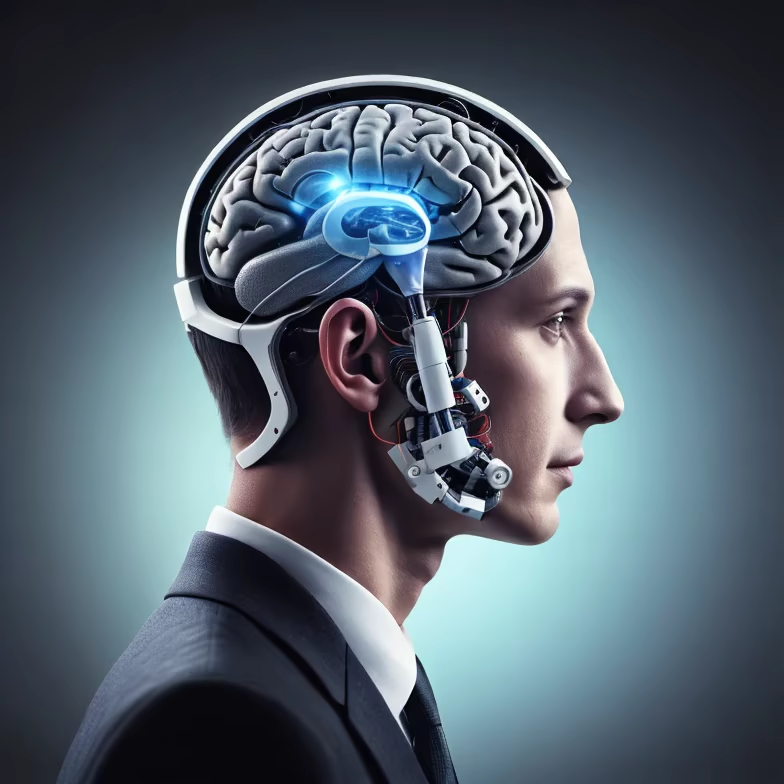
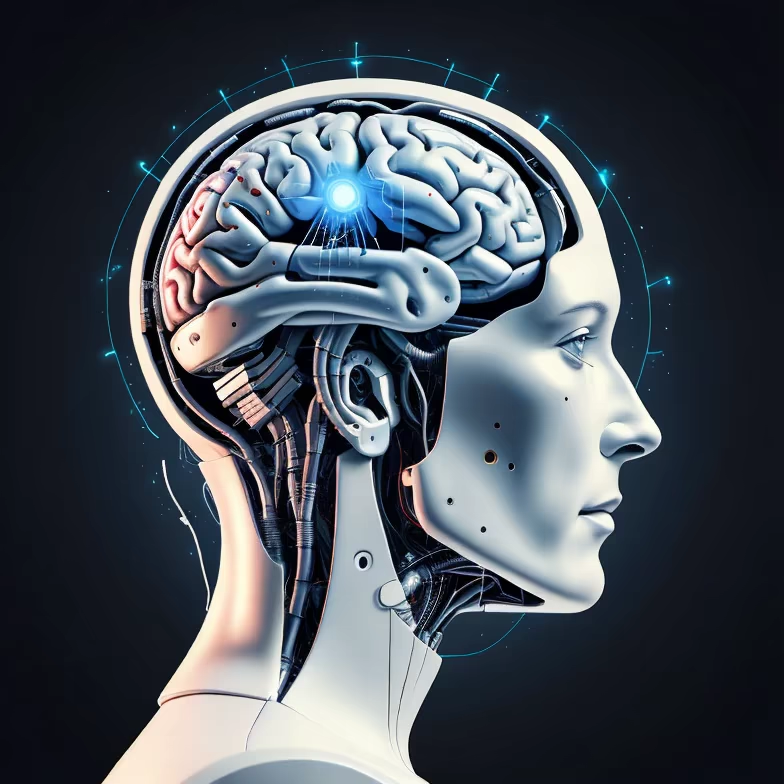




Prompt: Cracking The Code of an Artefact found that drawn Ancient Humans Stumble Upon An Advanced Civilization In The Distant Pastprompt










Prompt: Imagine what humans would have looked like if we had evolved from bears. The human bear face would feature a more pronounced snout compared to traditional humans, resembling the broader and more conical shape seen in bears. Expressive Eyes: Human bear eyes would be large and expressive, retaining some human characteristics but possibly positioned in a way that resembles bear eyes more closely. Round Ears: Ears might be rounder and positioned higher on the head, akin to bear ears. Facial Expressions: Facial muscles would allow for a range of expressions reflecting both human emotions and bear characteristics. For instance, a bear-like smile might be part of the facial repertoire. Fur or Unique Skin Texture: The facial skin could have a texture closer to that of bear skin, or even feature finer hairs, particularly around the snout. Adapted Mouth: The human bear mouth might be adapted for an omnivorous diet, with teeth designed for chewing both meat and vegetables.
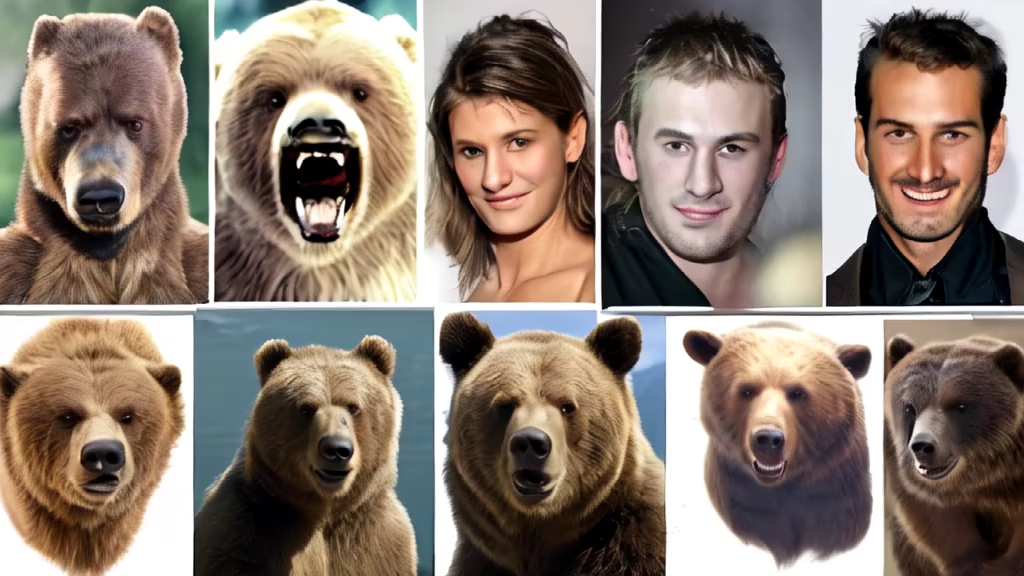

Prompt: 1girl, university girl, holding blue student book, collage suit, half body, looking to camera, white background


